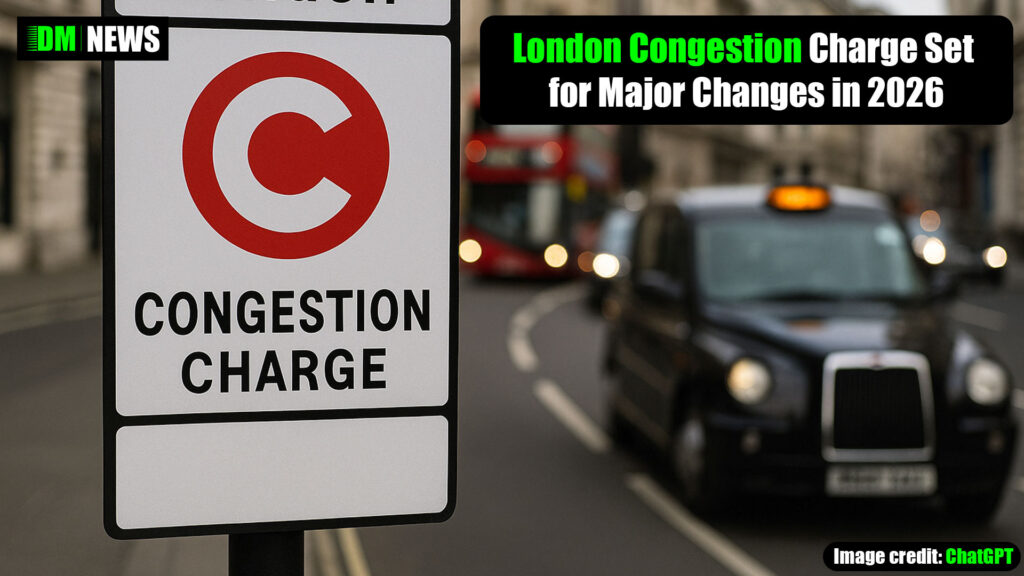The UK’s electric vehicle (EV) charging infrastructure has hit a major milestone, with over 76,500 public chargers now active nationwide, according to the latest government figures. More than 1,200 public charge points were added in the last month alone – that’s roughly one new charger every 30 minutes.
This surge marks a 28% year-on-year increase and forms part of a wider national push to ensure that EV drivers can travel with confidence, knowing they’re never far from a charging point.

Future of Roads Minister Lilian Greenwood said:
“It’s brilliant to confirm today that we’ve added another 1,200 public chargers to the public network in the last month. We’re adding one charge point every half an hour, taking us to over 76,500 across the UK.
This comes days after our new plans to back British carmakers by making it easier for them to upgrade to make electric vehicles, while delivering our manifesto commitment to stop sales of new petrol and diesel cars by 2030.”
The UK government is also pushing forward with a range of infrastructure initiatives, including the £381 million Local Electric Vehicle Infrastructure (LEVI) fund, which will deliver tens of thousands of on-street charge points in towns and rural areas. These will benefit drivers without off-street parking, providing easier access to cheaper overnight charging.
For example, Suffolk County Council has been awarded £5.3 million to roll out around 6,000 charge points for residents who park on the street.
On top of this, the government has pledged over £2.3 billion to support the EV transition — aimed at creating green jobs, attracting investment, and helping drivers make the switch affordably.
Despite the positive momentum, challenges remain. A recent report from the Public Accounts Committee criticised the uneven distribution of chargers, with 43% located in London and the South East. Many rural and underserved areas still lack sufficient infrastructure. The same report also flagged accessibility concerns, noting that no charge points currently meet full accessibility standards for disabled drivers, and one-third of motorway service areas are still short of the targeted number of ultra-rapid chargers.
Still, with £6 billion of private investment expected by 2030, the UK’s EV charging network is set to continue its rapid growth, helping to ensure the nation stays on track for a cleaner, electric future.
Thanks for visiting DM News! If you’ve got a question, story, or anything you’d like to say, head over to DriverMatty.com — I’d love to hear from you! And while you’re there, don’t forget to check out my other websites and social media channels.






